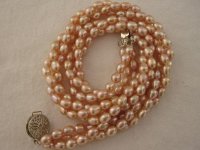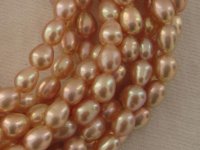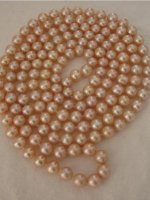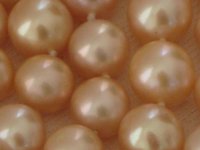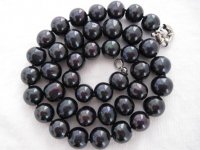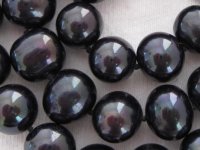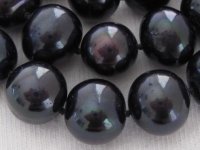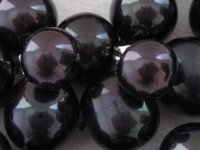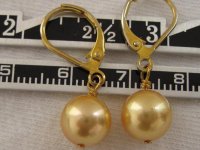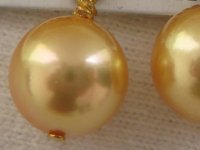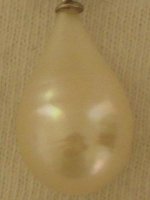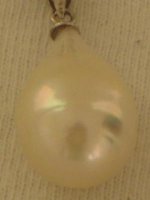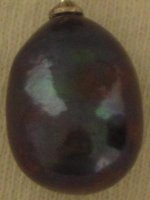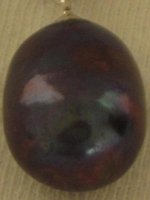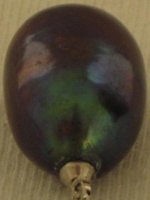Everyone needs a wardrobe of freshwater pearls as you have shown us here. They are really a fun way to learn about pearls. They come in such a variety, both dyed and not, that one can build large collection for everyday wear. they are priced at the lower end of pearls, so it is easy to build a collection, in fact one can easily have a different way to wear pearls each day of the month. Women who make their freshwater pearl collections their signature look, are trendy and always stylish. A freshwater pearl necklace of about any color or style will make you look appropriate for the occasion.
One thing to learn about the world of freshwater pearls is freshwater pearls have been used to stand-in for much fancier pearls. Some venders will call dyed black freshwaters, "Tahitian black pearls" referring to the color, but fooling anyone new to pearls into thinking they are Tahitians.
Apparently, some dealers will do anything to make freshwaters appear more saltwater, like say, calling them "brackish". This is new to me, but it is obviously another seller who wants to fool people into thinking those pearls are saltier than usual.
The shine on those black freshwater pearls is fantastic!! Chinese freshwater pearl culture just gets better every year! The pearls you have shown us are commercial quality, such as sold to bead stores. I am a beader who has made up many necklaces out of pearls very similar to the ones you have shown here and I love them. There are several of us here.
I am not talking about the earrings. What size are those?
